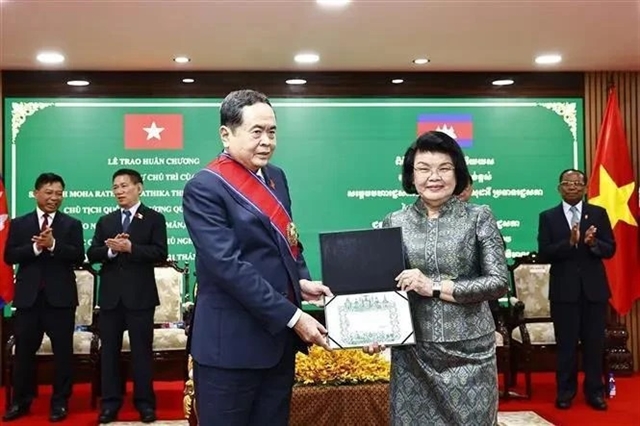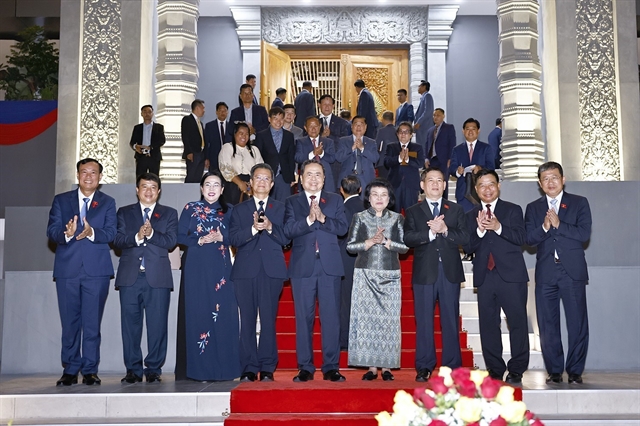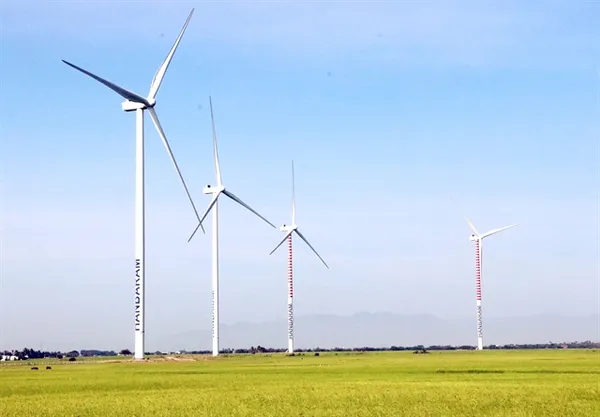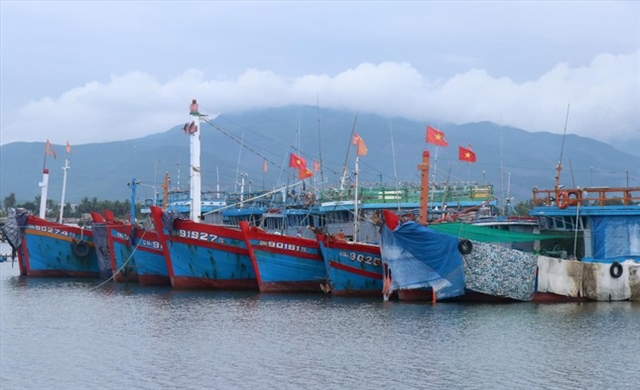 Business Beat
Business Beat
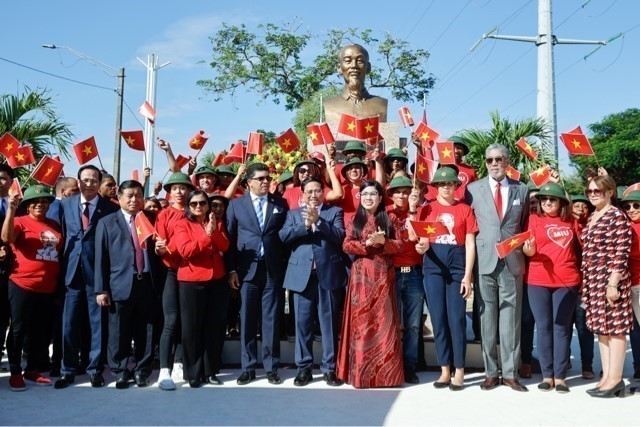
Vietnam Oil and Gas Group (Petro Vietnam or PVN) plans to reduce its ownership of Petro Vietnam Gas Joint Stock Company (PV Gas) from the current 97 per cent to 65 per cent.
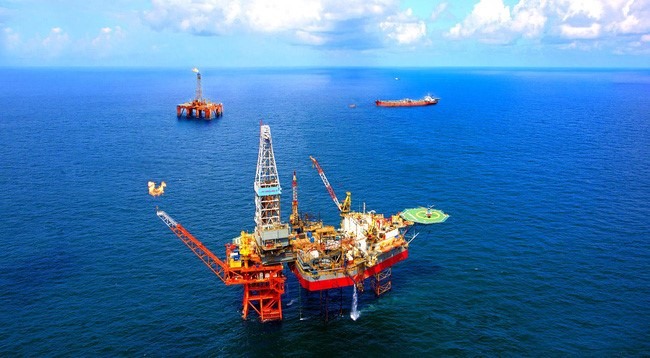 |
Vietnam Oil and Gas Group (Petro Vietnam or PVN) plans to reduce its ownership of Petro Vietnam Gas Joint Stock Company (PV Gas) from the current 97 per cent to 65 per cent.
The divestment, scheduled for 2018-20, follows Government instructions for the company to pare its stakes in three State-owned companies to a minimum of 51 per cent by 2020, the other two being Petro Việt Nam Fertiliser and Chemicals Corporation (DPM) and Petro Vietnam Cà Mau Fertiliser Joint Stock Company (DCM).
The PV Gas divestment is expected to attract many large investors who would be eager to buy into a company that reportedly contribute 30 per cent of PVN’s profits.
PetroVietnam, established in 1977, through its various companies including wholly-owned subsidiaries, now covers the entire gamut from oil and gas exploration and production to storage, processing, transportation, distribution, and services.
At an interaction with the media in late January PV Gas chairman Lê Như Linh said the divestment would be done very carefully to identify appropriate strategic shareholders.
A detailed plan would be submitted to PVN and then to the Government for approval, he said.
He expected the stake sale to not only be hugely profitable for the Government but also secure access to advanced technologies and modern management from strategic investors from the west, Japan and South Korea.
By 2019 PVN will also have to entirely divest its stake in PVI Holdings, Phước An Port Investment and Exploitation Oil and Gas JSC, Green Indochina Development JSC, SSG Real Estate JSC, Petro Vietnam Trade Union Finance JSC, Petro Vietnam Construction joint Stock Corporation, and Petro Vietnam Maintenance and Repair JSC.
In the first quarter of this year PVN successfully equitised three of its companies, Petrol Vietnam Oil Corporation (PV Oil), Bình Sơn Refining and Petrochemical Co Ltd (BSR) and Petro Vietnam Power Corporation (PV Power), reducing its ownership to below 50 per cent.
The three companies made successful initial public offerings.
In fact, the BSR IPO netted the Government 60 per cent more money than it had expected.
BSR had expected to sell 241.6 million shares, or 7.79 per cent of its chartered capital, to the public at VNĐ14,600 per share ($0.64).
At this price, BSR would have been valued at almost $2 billion, making it the largest firm ever to hold an IPO.
A maximum of 49 per cent is expected to be sold to strategic investors three months after the IPO, with PetroVietnam retaining 43 per cent. Some 0.21 per cent of the shares will be offered to the company’s employees.
But to return to the IPO, the Government earned VNĐ5.5 trillion ($244.5 million) through the sale. The highest bid was VNĐ35,000 per share, the lowest was VNĐ14,600 per share and the average was VNĐ23,043, 56 per cent higher than the reserve price.
The auction saw 3,964 individuals and 115 organisations register to buy 652 million shares.
The Government raised VNĐ6.99 trillion ($307.8 million) from selling 468.37 million shares of PV Power, or 20 per cent of its chartered capital through an IPO on January 31.
The average price was VNĐ14,938, with the highest and lowest successful bids being VNĐ28,000 ($1.23) and VNĐ14,500 ($0.64).
The company is now valued at $1.48 billion.
PV Power’s success came as no surprise because it has been reporting profitable operations year after year, and the offer price was thought to be attractive.
Established in 2007, the company operates one coal-fired thermal power plant, three gas-powered plants and three hydropower plants. Its annual output is more than 4,208 MW, or 10 per cent of the country’s entire capacity.
Last year it reported net revenues of VNĐ31.5 trillion, an increase of 12 per cent, and post-tax profit of VNĐ1.9 trillion, a 25 per cent increase.
In PV Oil’s IPO on January 25 all 207 million shares, or 20 per cent of its chartered capital, were snapped up for a total of $190 million. The average successful bid was VNĐ20,196 ($0.89) per share. The lowest was VNĐ19,200, VNĐ5,800 higher than the reserve price.
Foreign investors only bought 68.47 million shares.
The Government has instructed PVN to retain its current ownership in some other subsidiaries and associate companies such as Petro Vietnam Technical Services Corporation, the Vietnam Russia Joint Venture Vietsopetro and Petro Vietnam Drilling and Well Services Corporation.
PVN owns respectively 51.4 per cent, 51 per cent and 50.4 per cent stakes in them.
But despite all this, analysts said the PVN’s divestment and privatisation remain lower than expected due to several factors.
For one, its subsidiaries are too large for strategic shareholders.
For another, foreign investors expect transparent financial reports, which is lacking at many Vietnamese firms including oil companies.
Thus, for many, valuation is a difficult and slow process.
Oil companies have difficulty identifying the ideal management model after their IPO.
Central bank wary of lending to high-risk sectors
In late January the State Bank of Việt Nam (SBV) instructed banks to limit lending to the real estate, securities and consumer sectors amid reports of alarming credit growth rates.
It told them to constantly monitor the progress of property projects and their developers’ financial health, and have measures in place to handle any defaults.
It said the pace of their stock market lending investment should be curtailed to mitigate risk.
As for consumer credit, banks have been told to evaluate and process loan applications carefully and ensure borrowers refrain from using the loans to invest in property or stocks.
Market observers said while it is not new for the central bank to instruct lenders to tighten credit for real estate and stocks, this is the first time it has told banks to monitor consumer credit quality.
Why?
Though consumer lending yields big profits to banks, the central bank is definitely worried about the high risks it involves.
According to data from the National Financial Supervision Committee, consumer lending has been expanding rapidly since 2015. Last year growth was a whopping 65 per cent, up from 50.2 per cent in 2016, and these loans accounted for 18 per cent of the total lending for the year.
Lending for house renovation and repairs accounted for 53.8 per cent of the total consumer credit, loans for buying home appliances for 15.3, and vehicle loans for 8.3 per cent.
VP Bank reported recently that its 2017 pre-tax profit of VNĐ8.1 trillion included a full 50 per cent from FE Credit, its finance arm.
The latter’s credit growth was 39 percent.
VP Bank CEO Nguyễn Đức Vinh said consumer credit would keep expanding in the next 10 years.
According to Rồng Việt Securities banks had accounted for $23.27 billion, or 87.6 percent, of consumer loans in 2016. Finance companies had provided the rest.
VDSC analysts, while believing consumer credit would have a positive impact on economic growth, still warn against risks.
The biggest risk is people borrowing beyond their means. After analysing consumer behaviour trends, VDSC said many consumers had excessive optimism about their future income.
A deputy director of a bank in Hà Nội, who asked not to be named, agreed with VDSC experts, adding that many borrowers use consumer loans for buying property, which often requires long-term funds.
Besides, consumer loans often have interest rates that that could be three times the rates on other loans.
A VP Bank official said the high growth rates in consumer credit are associated with increased risks of default.
In a report on VP Bank, HSC Securities has forecast that FE Credit has to make 20.82 percent higher provision for risks.
Nguyễn Quốc Hùng, director of the central bank’s credit department, said lending in 2017 had mainly focused on priority sectors related to production and distribution.
The central bank sought to closely monitor lending to high-risk sectors like real estate and stocks and consumer credit, and advised banks to focus on genuine consumer lending to ensure effective and sustainable credit growth and support economic development.

